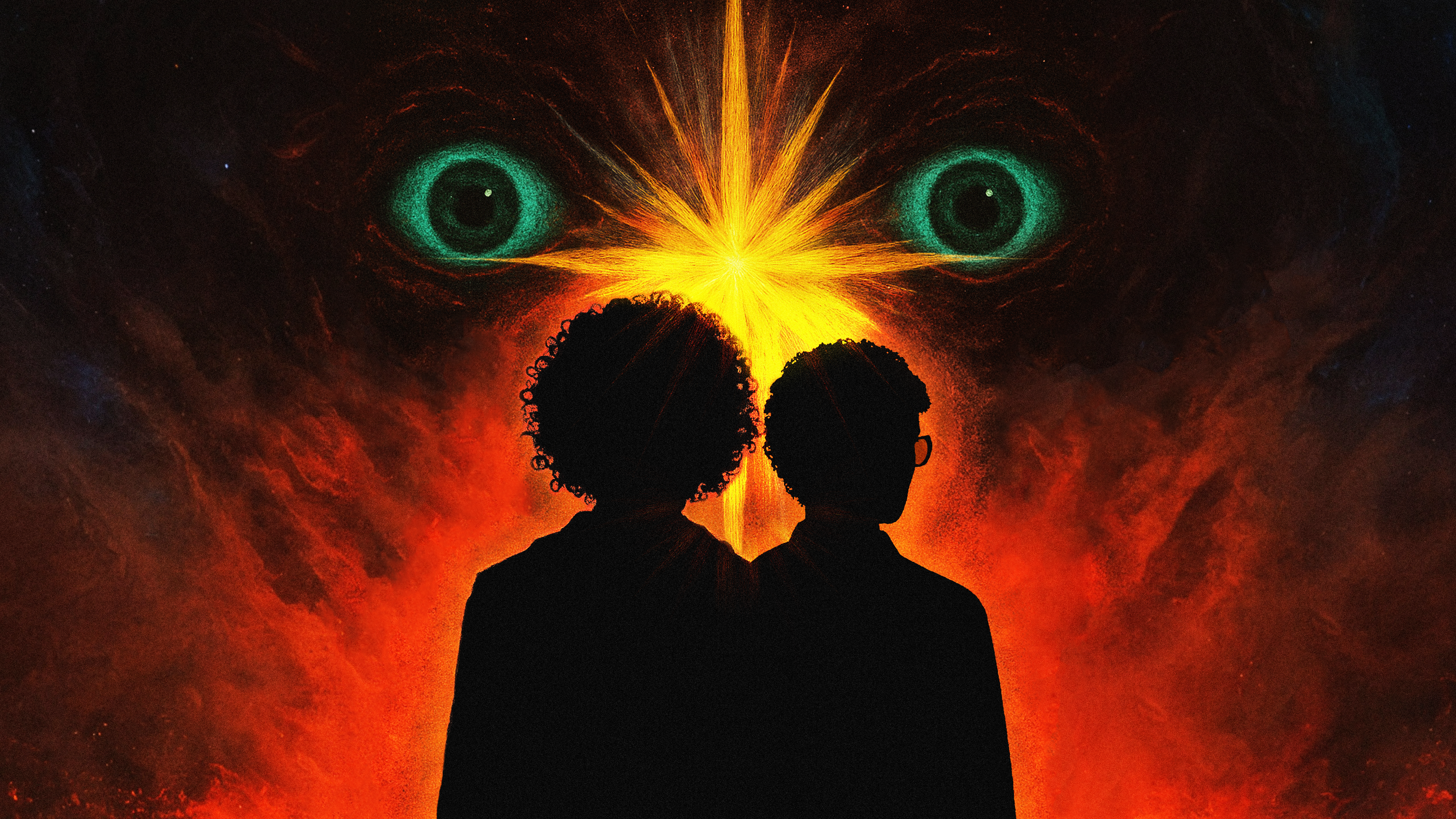
In collaboration with Drown, artist Astro has recently launched ‘Sadeem’, a four-disc concept album released via In Lights. Having taken three years in the making, Sadeem (Arabic for “nebula”) is a sonic voyage through time, space and emotion, following the journey of two astronauts, Astro and Drown, who share a similar human search for meaning.
Offering a blend of ambient distortion, cinematic soundscapes and an invitation to introspect, Sadeem flows like a dreamlike way, where each track reveals a new layer. The lead singles, “The Venture” and “Nebula” set the tone for an fully immersive experience. “I created Sadeem to tell a story,” says Astro. “It’s a journey not only through space but through the mind.”
Starting with “The Venture”, tell us what are we “seeing” through the helmet?
This is an invitation to listeners to close their eyes, and instantly they will transport to the spaceship, strapped in and ready to break away from Earth. And as you launch, you’ll see Earth getting further and further away. You can hear the humming of an ambient noise in the cabin, the controls vibrate under your gloves and that narration will become almost like a voice in your head: like a mission log and inner monologue at the same time. The stars morph into gates, and by the time the music shifts into “Nebula,” you’re already inside it… the journey has begun, and there’s no way back.
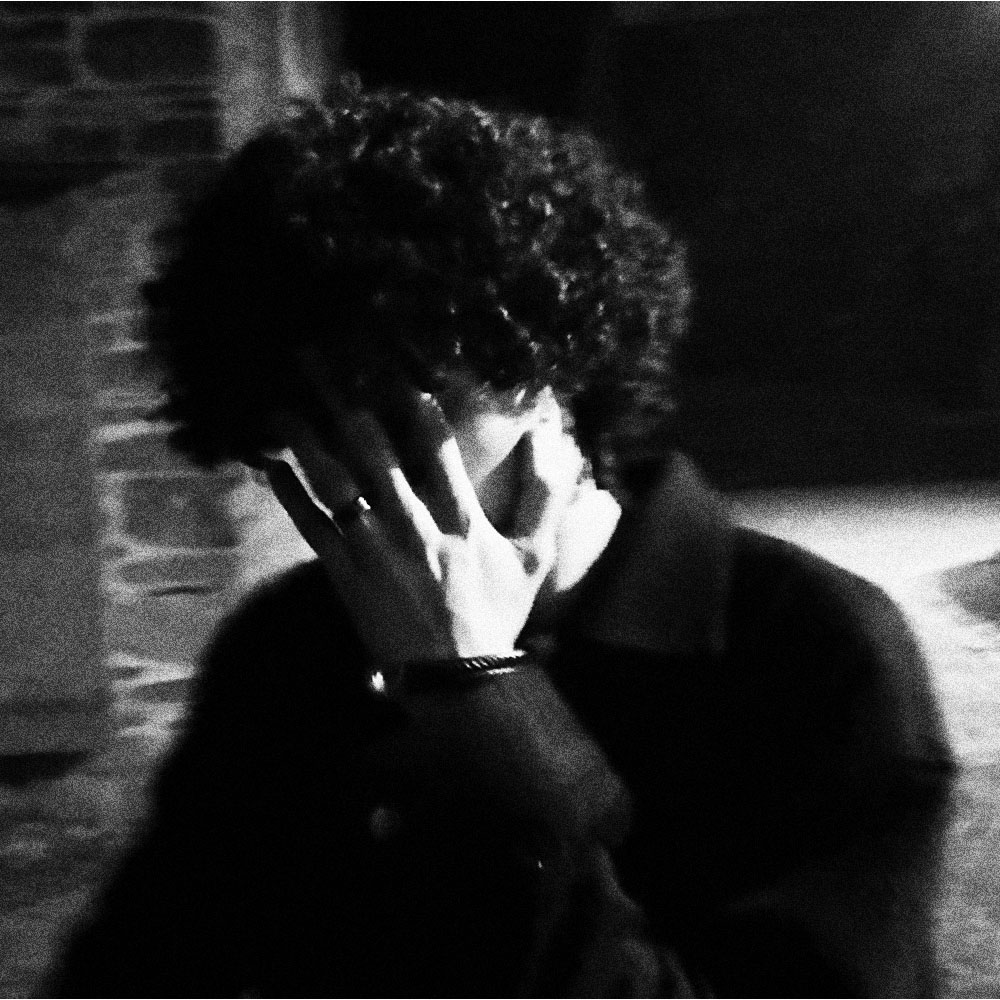
It took three years to create four discs and this whole different universe: when did you realise Sadeem had to be more than an album?
I believe I am a creative writer, and Sadeem is one of many stories I have written, hoping one day it can come to life. When I found Drown, Sadeem was called Nebula, and it was an EP. It was the same story, just a bit shorter and more compact. But when we made the first song, I realized this is bigger than an EP; Sadeem was asking for a world to exist in. ‘In Lights’ and especially Alex, gave us the freedom and the opportunity to build that world. They understood what we felt, that this wasn’t just music, but a story and a journey that was unfolding.
What inspires you to work around the concept of space?
Ever since I was a kid, I was always obsessed with space, and growing up, the endless idea of space gave me the distance to talk about inner chaos without naming it directly. The nebula is death, rebirth, memory and decay all at once. It’s where stars die and where new ones are born, just like human life. So when you stare into it, you’re actually staring into yourself. That’s the beautiful paradox which fascinated me.

“Nebula” takes a Phrygian-rooted melody with ambient distortion, what drew you to that scale?
Phrygian mode is my favourite. I listen to Lena Chamamyan a lot; she does Phrygian perfectly, and I loved her music so much that I sampled her voice in “Cygnus.” Phrygian has this unsettled, searching sound, and it just keeps you floating. We wanted you to feel weightless, but also a little lost, suspended in something bigger than yourself. And I mean, is there anything bigger than space itself?
In Disc 2, which real-life dualities (love/fear, ambition/burnout, escape/home) were you tapping into while creating Neptune, which is utopia/dystopia all at once.
Honestly all of them.. Sadeem's version of Neptune is ambition’s paradise and burnout’s collapse. It’s about falling in love and realizing you can’t hold on to it. It’s an escape and the reminder that you can’t outrun yourself. That’s why this planet is split into Miami and Deepend (aka Utopia and Dystopia), it reflects the contradictions of life itself.
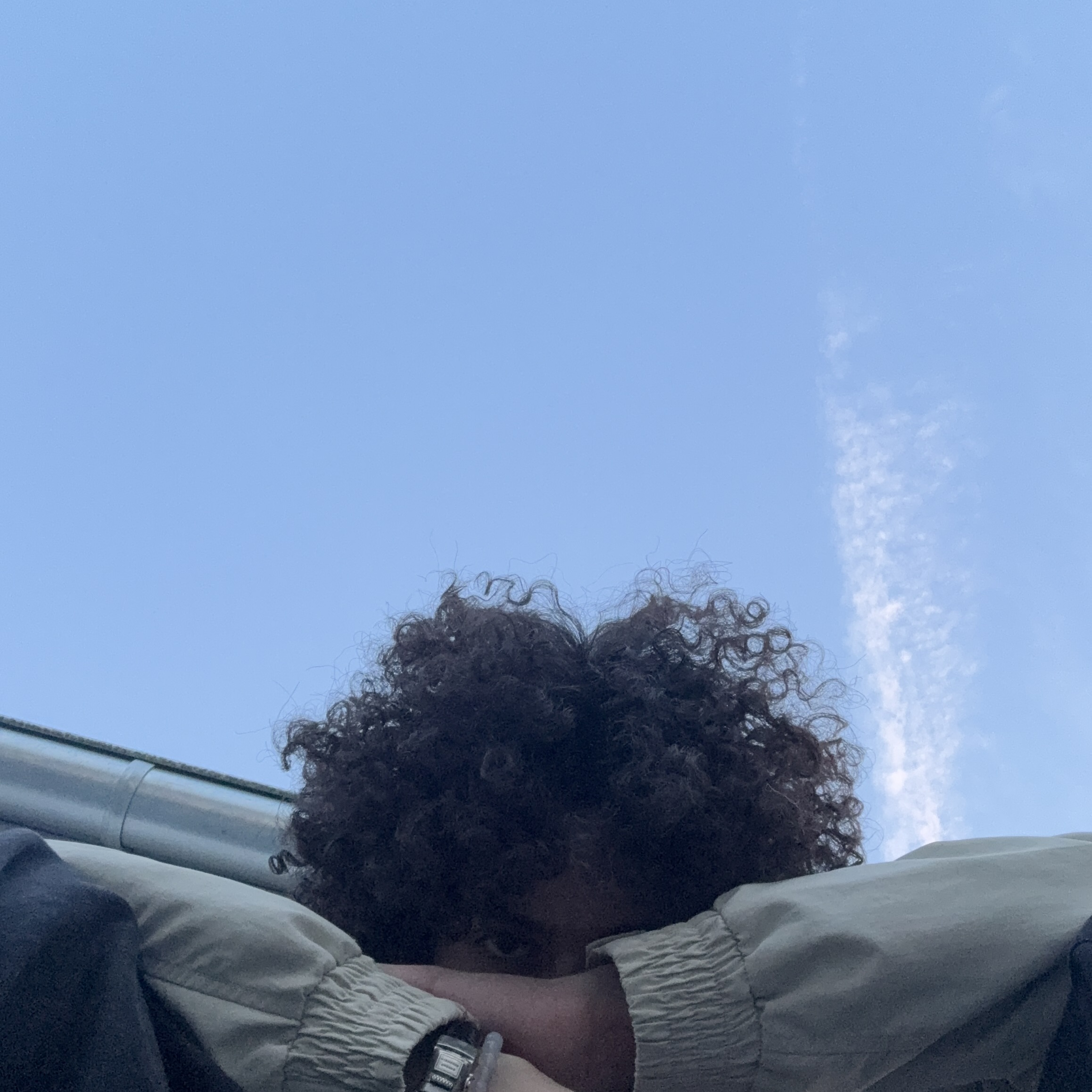
What are the influences that have actually shaped Sadeem (film soundtracks, Arabic poetry, game sound design, sci-fi)?
Film scores shaped a lot of it, especially Interstellar and Blade Runner 2049. Sadeem came to me after finishing my fifth rewatch of Interstellar. And yes, Arabic poetry, too… the way it reflects on destiny and time. Sci-fi, yes, but not for the technology specifically, I’d say it is mainly for the questions: what does it mean to leave home, what does it mean to be lost in something infinite?
How do you recommend listeners to experience Sadeem, and what are the easter eggs for those who listen closely?
Listen straight through if you can, but also try flipping it bottom-to-top, it changes everything. Easter eggs are everywhere: reversed phrases in reverb tails, vocal glitches that are actually characters, and melodies that don’t reveal themselves right until the end. Even Andromeda has an open ending. I’d say that it’s your outro, take for example in a movie, you know those after-credits cutscenes, that’s exactly what Helix is: a new possibility and a whole different ending. The nebula hides its clues, but if you’re listening attentively, you’ll surely find them.
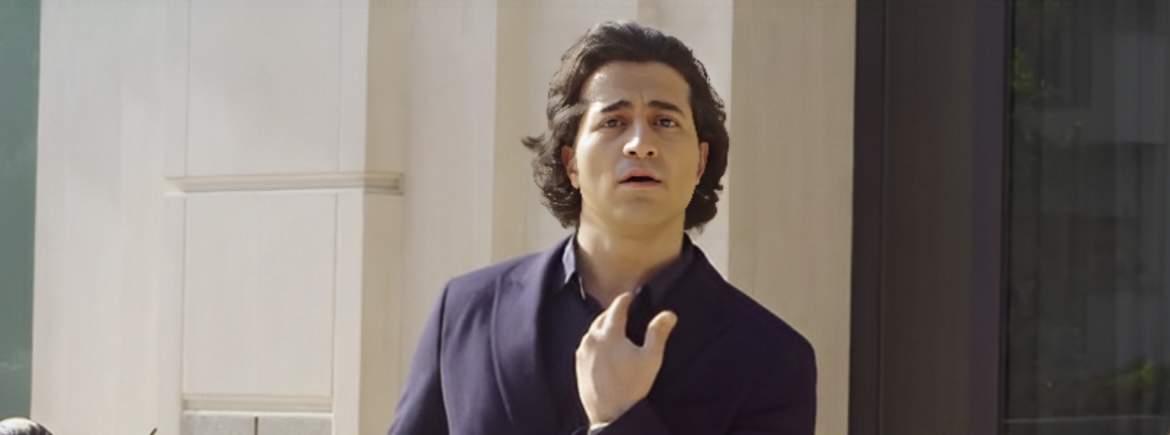
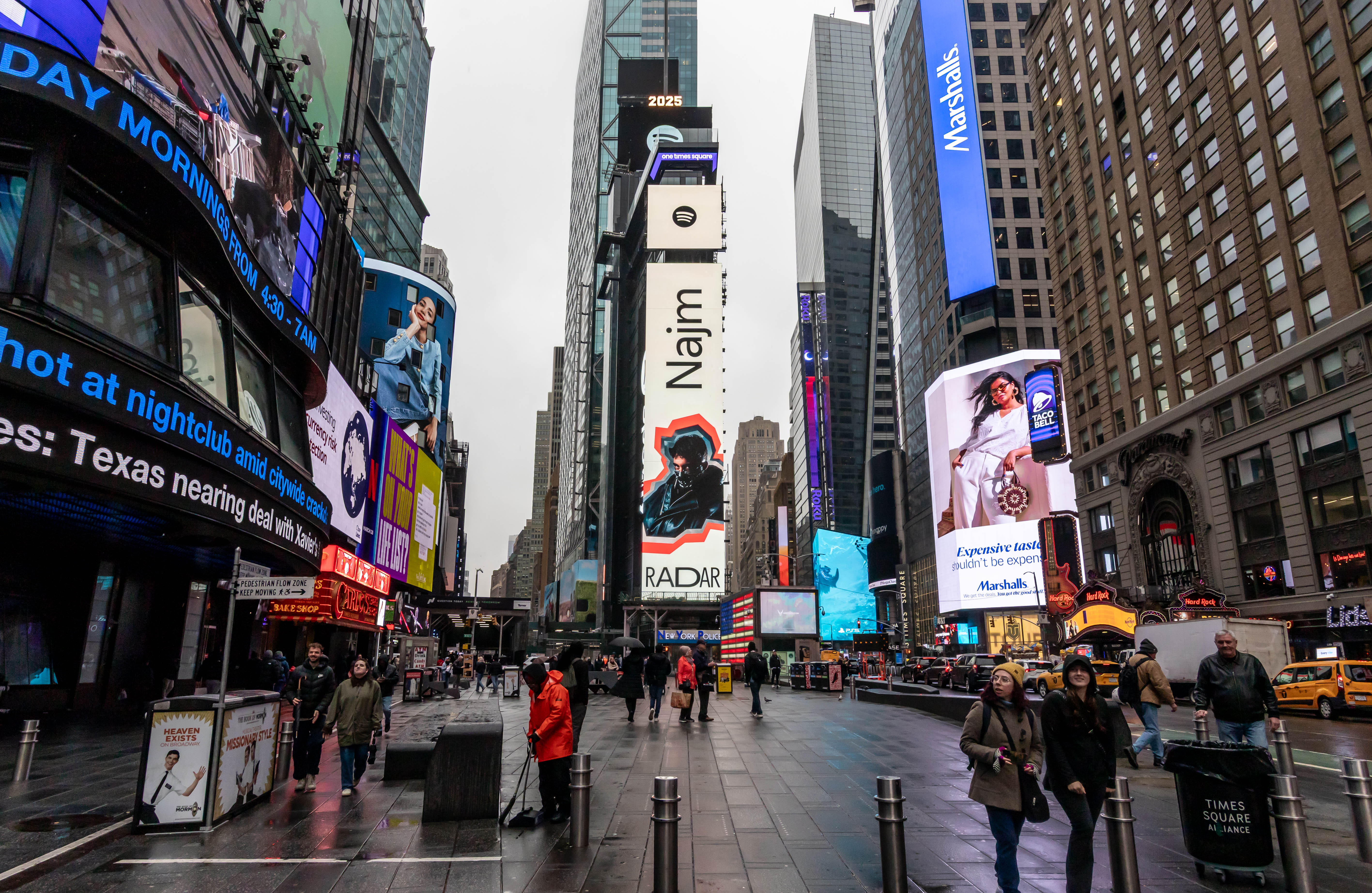


.jpg)


.jpg)

